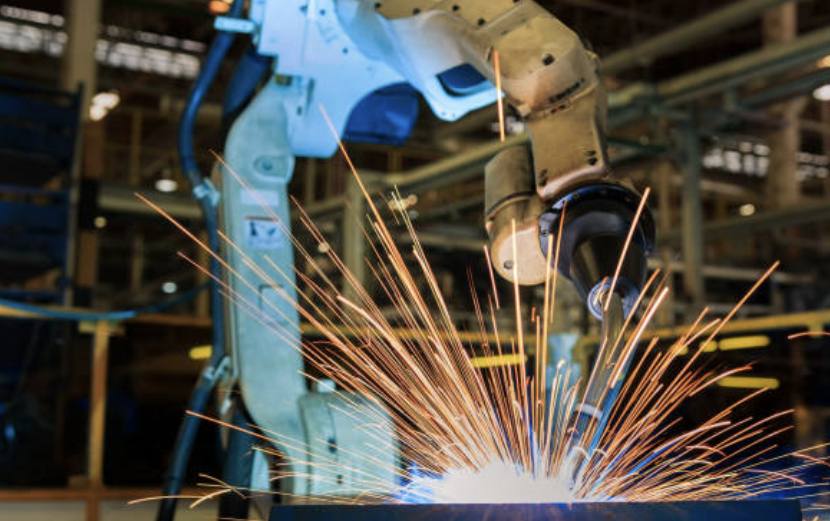
Posted on Friday, December 8, 2023
As the demand for precision, efficiency, and scalability grows in industrial welding, robotic welding systems have become essential in modern manufacturing. This blog explores advanced techniques for robotic welding systems, providing insights into automation's transformative power in welding processes. From improved productivity to enhanced safety and cost-efficiency, robotic systems are revolutionizing the welding landscape.
Robotic welding is an automated process where programmable robots perform welding tasks with minimal human intervention. These systems are equipped with robotic arms, welding tools, and advanced software for precision and efficiency. They are widely used in industries such as automotive, aerospace, construction, and shipbuilding.
Advanced techniques in robotic welding go beyond basic automation, incorporating cutting-edge technologies and processes to optimize welding outcomes. These include:
A: Robotic welding systems can weld metals like steel, aluminum, stainless steel, and titanium, depending on the welding technique and robot configuration.
A: By automating repetitive tasks, reducing errors, and maintaining consistent quality, robotic systems significantly enhance production speed and reduce downtime.
A: Yes, advanced robotic systems can switch between techniques like MIG, TIG, and laser welding through reprogramming.
As industries face increasing pressure to deliver high-quality products quickly and cost-effectively, investing in robotic welding systems offers a competitive edge. Advanced automation minimizes waste, optimizes resources, and ensures precision, making it a cornerstone of industrial growth.
Robotic welding is not just the future—it is the present. By embracing advanced techniques, industries can unlock unprecedented efficiency, safety, and scalability. Whether you’re automating for the first time or upgrading an existing system, these advanced techniques can transform your production capabilities.

Most Popular Roll Forming Machines in the United Kingdom
Posted on Thursday, December 11, 2025
This blog breaks down the five most in-demand roll forming machines in the UK

Can I Finance a Roll Forming Machine?
Posted on Thursday, December 11, 2025
Financing a roll forming machine is easier than most buyers think. Here’s how leases, loans, and payment plans make production affordable.

Roll Forming Machines for Sale in the UK: What Buyers Need to Know Before Purchasing
Posted on Thursday, December 11, 2025
This complete guide explains everything UK buyers must know before purchasing, including machine types, voltage requirements, CE/UKCA compliance

Roll Forming Machines for Sale in the USA: What Buyers Need to Know Before Purchasing
Posted on Wednesday, December 10, 2025
This guide explains everything U.S. buyers need to know before purchasing a roll forming machine, including machine types, pricing, voltage
Copyright 2026 © Machine Matcher.